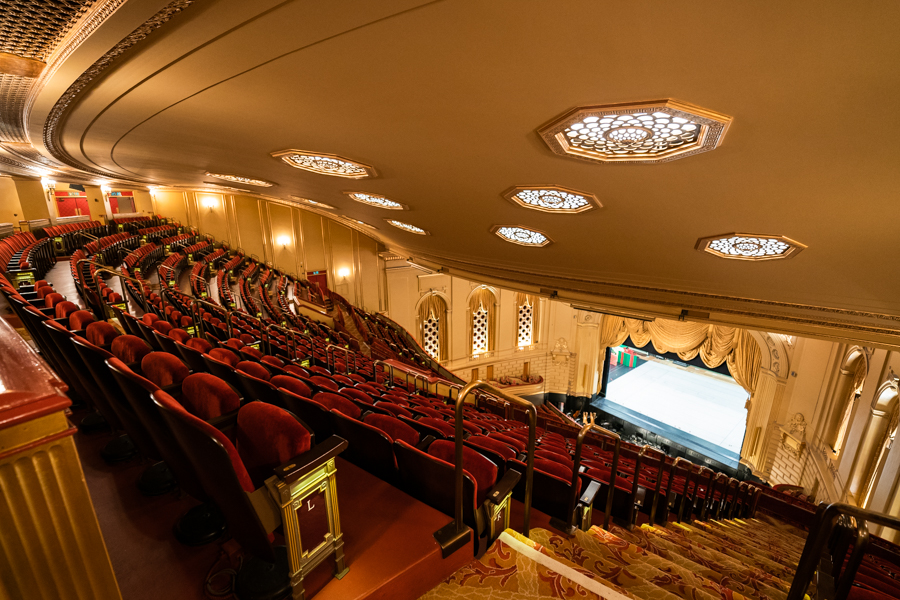SF’s War Memorial Opera House to get new seats, improved sightlines in renovation

The theater at the War Memorial Opera House photographed on Dec. 11, 2019. Adam Pardee/Staff.
The War Memorial Opera House, home to the San Francisco Ballet and San Francisco Opera, will get new custom-made seats and other modern improvements in the final phase of a refurbishment project.
The work, which will be done over 14 weeks in the spring and summer of 2021, will make the seating in the floor (orchestra, grand tier and dress circle) section of the theater more comfortable and roomier, while improving the experience of patrons who use wheelchairs.
The seats being replaced at the opera house, a the historic Beaux-Arts theater, currently date back to 1932, the year the opera house was built. The goal of the project is to preserve the historic integrity, beauty and acoustics while improve sightlines and comfort. The old seats are low, cramped and have little leg room.
“The new seats … will be wider, have greater leg room, be positioned at a more comfortable height and will reflect the latest in ergonomic support,” according to a news release.
The seats will be slightly staggered, creating better sightlines to the stage. Improved viewing options will be created for patrons with disabilities and those using wheelchairs will be offered. Other upgrades include new pathway lighting, floor repair and carpet replacement.
While the work is performed, between May and August 2021, SF Ballet plans to present its last two programs of the 2021 season at the Orpheum Theatre. The SF Opera will move its summer season, typically held in July, to April and May in the War Memorial Opera House. The 2020-21 season will be announced next week.
The renovation project began in 2013 with the replacement of chairs in the box level. Balcony chairs were replaced in 2015. Montreal-based Ducharme Seating, a company with expertise in historical theaters, is designing and manufacturing the seats. The project costs about $3.7 million and was funded by proceeds from a facility fee.
